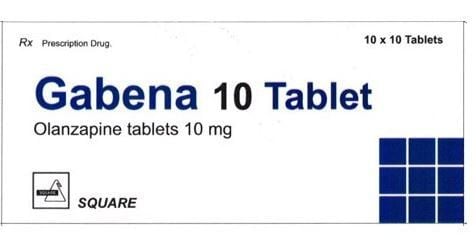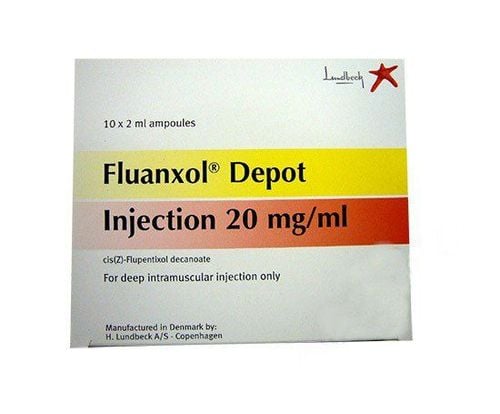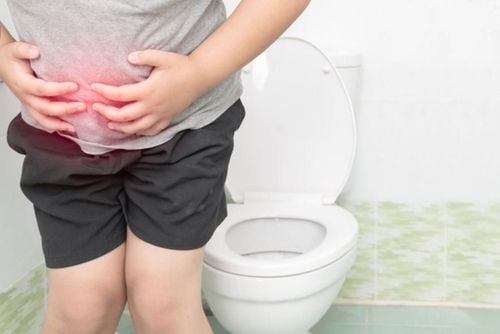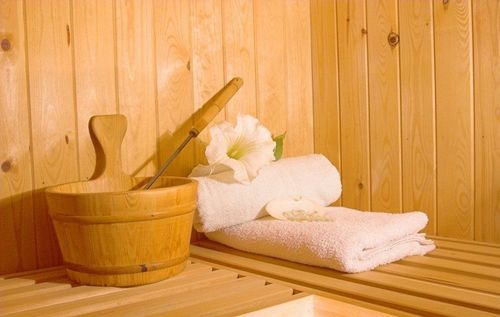This is an automatically translated article.
Stress can be quite common in life. To manage stress you can learn to relax. Accessing simple relaxation exercises when you're stressed can help you minimize the condition in the first place. This article will provide more relaxation information and how to do1. The importance of relaxation
Why is relaxation important for everyone? Modern day life can be stressful for everyone. Between work, family and social obligations, it can be difficult to find time for yourselfRelaxing properly can keep you healthy, both physically and mentally, helping you recover from stress Straight every day that life gives you. No matter how busy you are, you should learn to make time to relax to minimize the stress of work and daily life.
2. Benefits of relaxation
Relaxation has many benefits for your brain as well as your health. Furthermore, relaxation helps to balance the negative mental and physical effects of stress we all experience on a daily basis.Positive effects of relaxation on your daily life:
The ability to think more clearly and make better decisions Have a more positive outlook on life and your experiences Well-being stronger, slower breathing, more relaxed muscles and lower blood pressure Reduced risk of heart attack or cardiovascular disease, autoimmune disease, mental health disorders, and other stress-related illnesses Children who are encouraged to engage in relaxing behaviors tend to concentrate better and have an easier time studying than children who are more stressed. Children who practice relaxation also may be more cooperative and have fewer social and behavioral problems at school.
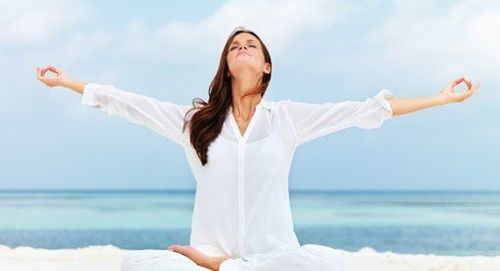
Tập thư giãn đúng cách mang lại nhiều lợi ích cho não cũng như sức khỏe của bạn
3. How can relaxation improve your mental health?
Relaxation reduces stress and symptoms of mental health conditions like depression, anxiety, and schizophrenia. Relaxation also has other related health benefits, including:Reduces your heart rate, blood pressure and breathing Reduces muscle tension and chronic pain Improves focus and mood Reduces fatigue Reduces anger and frustration Boosts self-confidence to handle problems Some people experiencing stress and anxiety start practicing relaxation techniques to help them feel better. There are many relaxation techniques that everyone can try, but they are not meant to work for everyone.
The relaxation techniques performed may involve deep concentration and slow breathing. Some techniques involve contracting and relaxing muscles to stimulate a sense of calm, while others require a person to use their imagination.
4. Some relaxation techniques
People can learn and practice some relaxation techniques on their own. When a person is in a calm state, they breathe more slowly, have lower blood pressure, and may have a general feeling of increased well-being. Relaxation techniques stimulate these natural calming responses.Some people enjoy working with professional practitioners, but others learn to do it themselves.
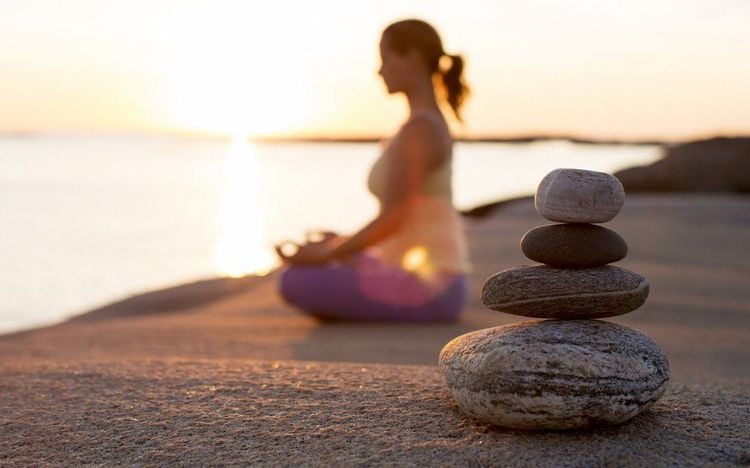
Mọi người đều có thể tự học và tập thư giãn
During practice, a person focuses on the physical sensations of different parts of their body by focusing on sensations of warmth, heaviness, and relaxation.
However, some people ask for guidance from an experienced practitioner, but others choose to do it themselves.
Self-relaxation practices may be beneficial for some people, but should not replace their usual medication or therapy.
4.2. Biofeedback-assisted relaxation Biofeedback-assisted techniques involve the use of electronic devices to measure various bodily functions, such as: skin temperature regulation, rhythm pulse or muscle tension. The purpose of this method is to help a person control or relax a specific part of the body.
This therapy involves attaching sensors to a specific part of the body to make measurements when a person is relaxed. A person can then use the feedback to help them make changes as needed, such as relaxing a specific muscle.
Although most biofeedback-assisted relaxation takes place in specialist therapy clinics. However, it's a good idea to have your health checked before purchasing biofeedback-enabled products to make sure they're safe to use.
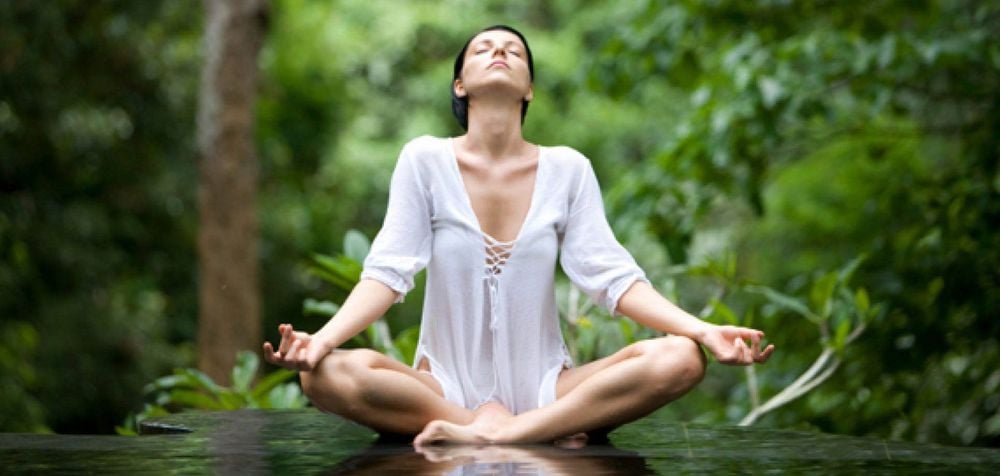
Tự luyện tập thư giãn có thể kích thích sự bình tĩnh về tâm lý và thể chất
Box breathing requires four simple steps
Step 1: Begin the exercise by inhaling through your nose for a count of 2-4 seconds.
Step 2: Then, hold the breath for 2-4 seconds.
Step 3: Exhale for 2-4 seconds.
Step 4: Finally, hold the breath again for another 2-4 seconds.
Repeat as needed.
4.4. Visualization Visualization involves replacing negative or stressful feelings by visualizing pleasant and calming situations. Some people may prefer medical staff assistance or recording, while others choose to practice on their own.
The three-step visualization method
Step 1: Sit or lie down in a comfortable position. Choose a quiet, appropriate space.
Step 2: Visualize a relaxing environment by memorizing an environment from memory or imagining a new environment. Think about the elements of the environment, using the five senses of sight, sound, smell, taste, and touch.
Step 3: Maintain visualization for the required amount of time, take slow, deep breaths and focus on feeling calm.
4.5. Continuous muscle relaxation Doctors sometimes refer to continuous muscle relaxation as Jacobson relaxation. Continuous muscle relaxation techniques include tightening and relaxing different muscle groups to stimulate feelings of calm and relaxation.
Sometimes people can do a combination of continuous muscle relaxation exercises with other techniques, such as guided imagery or deep breathing.
Continuous muscle relaxation belongs to a relatively physical technique, and one must take care not to overwork or strain the muscles. Breathe deeply and slowly while following the step-by-step instructions. A person may have to practice muscle relaxation continuously for several weeks before they get the hang of it and start to feel results.
Continuous muscle relaxation has eight steps:
Step 1: Choose a room with the fewest distractions and sit or lie down comfortably.
Step 2: The exercise is started by contracting the muscles of the foot for 5 seconds and relaxing the contraction for 10 seconds. This step will focus on reducing stress and feeling the muscles relax which can stimulate calm. To avoid leg cramps, extend your toes, rather than curl them.
Step 3: Contract and relax the calf muscles for the same amount of time.
Step 4: Now, you do the same with the hips and buttocks.
Step 5: Next, focus on the abs and chest area.
Step 6: After performing the exercise for the whole body and relax the shoulders.
Step 7: Next is facial exercises. People can perform facial contractions by closing their eyes for 5 seconds and then releasing for 10 seconds.
Step 8: Finally, relax your hand. Make a fist and hold the contraction for 5 seconds and slowly release for 10 seconds.

Tập thư giãn cơ liên tục bao gồm thắt chặt và thư giãn các nhóm cơ khác nhau để kích thích cảm giác bình tĩnh và thư giãn
5. Some Benefits of Relaxation Techniques
Doctors say relaxation can be beneficial for people who are managing a variety of health conditions, including:Labor pain
Relaxation techniques can be of great benefit to women in their prime. pregnancy, including yoga, music, and breathing techniques in labor.
Although there is not enough evidence to show that relaxation techniques can help relieve pain during labor, some studies have noted that relaxation exercises can help women in labor bond with their labors. birth attendant.
Heart disease
The American Heart Association (AHA) conducted a systematic review of the potential benefits of meditation on cardiovascular risk reduction. The study concluded that although there isn't much research, meditation can reduce the risk of cardiovascular disease because it can help people reduce stress, quit smoking, and lower blood pressure.
Insomnia
Several articles suggest relaxation techniques to help manage insomnia . Some people may require a combination of relaxation therapy and medication to improve sleep.
Chemotherapy-induced nausea
People with chemotherapy-induced nausea may also benefit from relaxation techniques.
Study the effects of guided imagery and progressive muscle relaxation. These techniques may complement the traditional medical management of nausea.
Temporomandibular joint pain
Temporomandibular joint (TMJ) pain is associated with pain in the jaw. This condition is usually caused by a person straining their jaw muscles when they are stressed or even during sleep. Using dental appliances at night can help reduce discomfort and block some jaw clamps.
Some people live with tinnitus, which is persistent tinnitus. Tinnitus can be seen as a symptom of TMJ.
Researchers suggest that relaxation therapy in general and mindfulness meditation in particular appear to be effective in controlling tinnitus.
People with temporomandibular joint dysfunction may experience severe pain.
Researchers suggest that people can try progressive muscle relaxation along with other traditional medical treatments for pain relief.
6. Risks of relaxation techniques
Doctors may recommend relaxation techniques because they think they are safe. However, some people may experience side effects, including increased anxiety, intrusive thoughts, or fear of losing control.Research shows that relaxation techniques can help reduce anxiety in some people. However, the techniques above may not be the best strategies to help people with generalized anxiety disorder or major depression.
Researchers have studied the effects of cognitive-behavioral therapy (CBT) and relaxation on anxiety.
Additionally, research has found that relaxation is less effective than CBT for treating post-traumatic stress disorder and obsessive-compulsive disorder. Researchers also think that people with panic disorder may find CBT more beneficial than some other relaxation techniques.
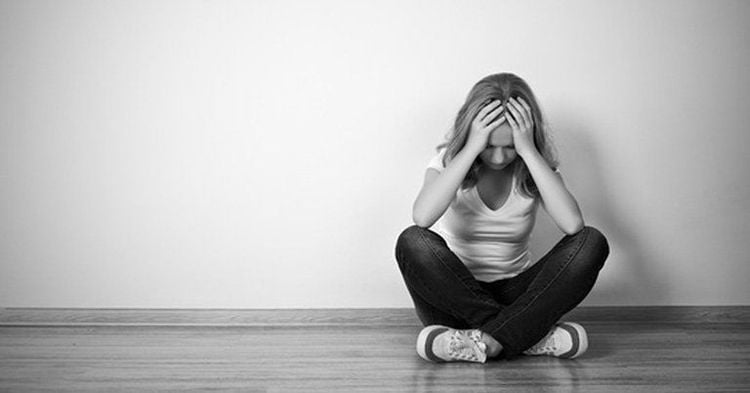
Tập thư giãn có thể không phải là tốt nhất đối với nhưng người bị trầm cảm nặng
7. When to seek medical assistance
Depression and anxiety are classified as conditions requiring medical attention. Although some symptoms may improve with relaxation strategies, people who experience persistent symptoms should talk to their doctor for appropriate care. Some people with symptoms of depression and anxiety may need medication.Possible symptoms of anxiety such as:
Fast heartbeat Tremors Feeling of doom or loss of control Sweating Restlessness Fatigue Irritability Difficulty sleeping Symptoms of depression may include:
Irritability Severe changes in eating habits such as: appetite and weight Difficulty concentrating Feelings of guilt or worthlessness Feelings of hopelessness and sadness Health care professionals may also recommend medications or Stress reduction techniques to help people deal with stress.
If you have a need for consultation and examination at Vinmec Hospitals under the national health system, please book an appointment on the website (vinmec.com) for service.
Please dial HOTLINE for more information or register for an appointment HERE. Download MyVinmec app to make appointments faster and to manage your bookings easily.
References: medicalnewstoday.com, healthdirect.gov.au, healthline.com



